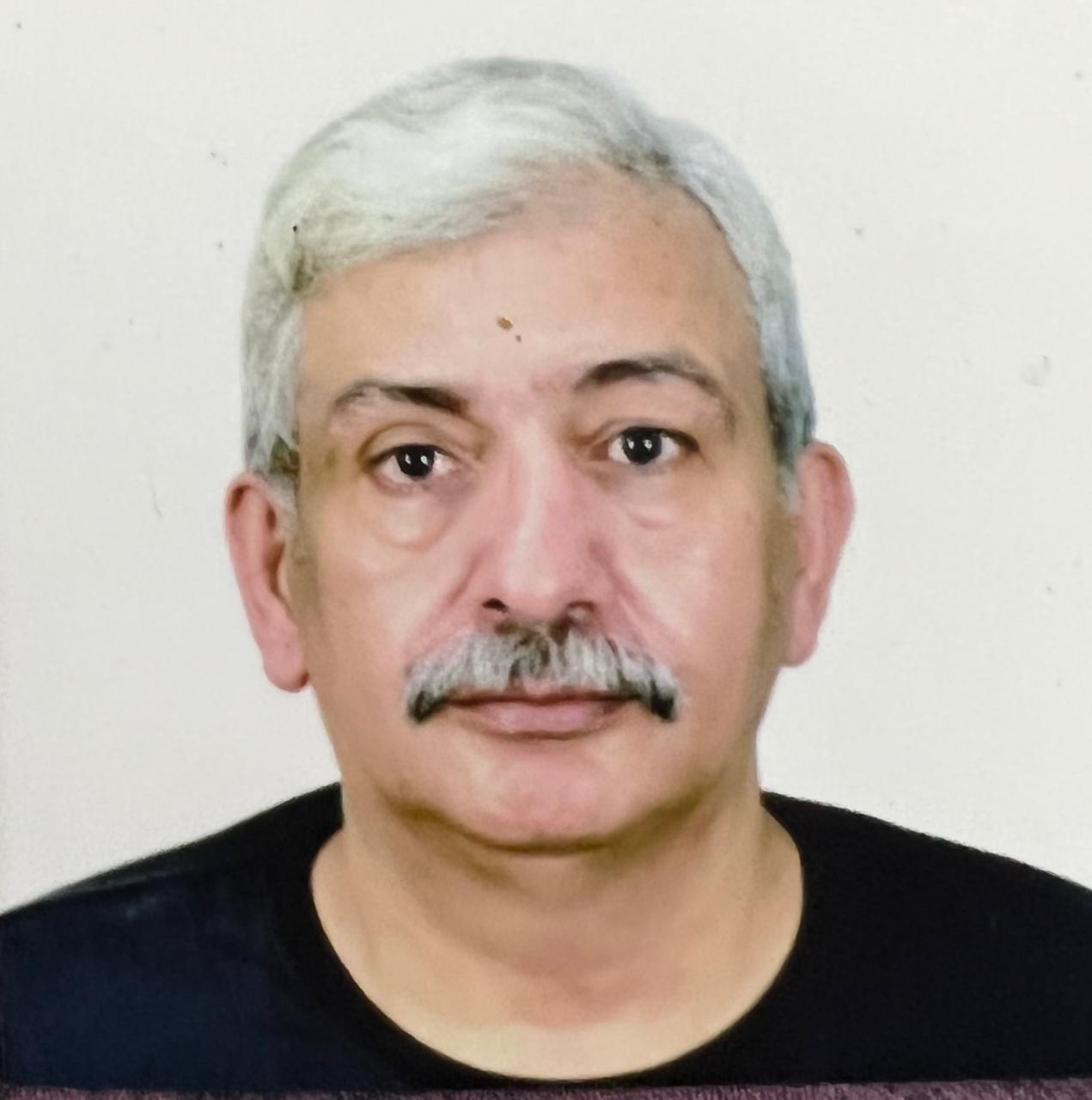By Khawaja Wajihuddin
In the heart of every nation lies its story—crafted not just by rulers and corridors of power,but by its people. In Pakistan, however, our story is often told through the lens of foreign invaders and borrowed legends, sidelining the very people who shaped this land with their sweat, sacrifice, and soul. The concept of the “Son of the Soil” is a powerful yet underutilized identity framework that can redefine how we see ourselves as a nation—grounded in the land, proud of our people, and secure in our own history.
The Doctrine of the “Son of the Soil”
The phrase “Son of the Soil” originated in postcolonial South Asia, particularly India, as a political idea asserting that those native to a specific region should have priority over outsiders when it comes to land, culture, and leadership. But in its broader, more meaningful sense, it celebrates those who have an inherent, lived connection to their homeland—a connection not forged by conquest, but by belonging.
In Pakistan, we have yet to embrace this idea fully. Our national narrative often reveres foreign adventurers—who despite their military campaign in undivided India were outsiders with no organic relationship with the people of this land. At one point, Mohammad Ben Qasim was declared as the first citizen of Pakistan, a title that disregards centuries of local struggle, culture, and civilization.
Our military weapons bear names like Ghori and Babur, invaders who laid waste to the Indian subcontinent in pursuit of empire. What message do we send when the symbols of our national defense are named after those who once subjugated the very people who live here today?
Timeline of Resistance: Our Forgotten History.
A meaningful framework to honor “Sons of the Soil” spans across three key eras:
1.Pre-1857 Anti-Colonial Movements – Local rulers, tribal leaders, and spiritual reformers who resisted Mughal decline and colonial intrusion.
2.1857–1947 Freedom Fighters – Patriots and revolutionaries from all regions who fought British imperialism.
3.Post-1947 Defenders of Pakistan – Soldiers, scientists, educators, and civil rights champions who worked to build and protect the new nation.
The Real Heroes: Our Sons /daughters of the Soil
Pakistan is not without its indigenous heroes—people who laid down their lives not for expansion, but for resistance, freedom, and national pride.
Benazir Bhutto
Benazir Bhutto is often referred to as the “Daughter of Pakistan” due to her prominent political career and her role as a symbol of democracy and progress in the country. She served as Prime Minister of Pakistan twice, despite facing significant political challenges and personal hardship. Her leadership and resilience resonated with many Pa
MM Alam
Air Commodore Muhammad Mahmood Alam became a legend during the 1965 war with India by shooting down five enemy aircraft in less than a minute. His heroism wasn’t based on ideology or heritage—he fought for his land, his people, and his sky. His name deserves to be remembered not just in war museums but in our public consciousness.
Dr. Abdul Qadeer Khan
The father of Pakistan’s nuclear program, Dr. AQ Khan, secured the country’s defense with the power of science, not warfare. His contribution was not a conquest—it was a shield. His choice to return and serve the homeland rather than remain abroad marks him as one of our most committed patriots.
Rashid Minhas
At just 20 years of age, Pilot Officer Rashid Minhas sacrificed his life to stop a hijacking by an instructor who tried to defect to India. His act was not commanded by strategy, but by conscience.
Unsung Legends from the Soil
Beyond the borders of post-1947 Pakistan, the soil of this region birthed countless resisters and revolutionaries—figures erased by selective historiography.
Rai Ahmad Khan Kharal
A Punjabi chieftain who led a bold revolt against British forces during the War of 1857. His famous declaration—“We do not share our women, land, or horses”—stands as a timeless statement of indigenous sovereignty.
Haji Sahib of Turangzai
A reformer and freedom fighter from the frontier who challenged colonial education systems and organized social resistance against British rule.
Faqir of Ipi
Known for his tribal resistance to British imperialism in the 1930s and 40s, Faqir Ipi represented the spirit of independence that refused to be broken by colonial tactics.
Bhagat Singh
Though adopted by India, Bhagat Singh was born in Lyallpur (now Faisalabad). His execution by the British made him a martyr of anti-imperialism. He fought not for partition or religious supremacy, but for freedom from oppression.
Maharaja Ranjit Singh
A sovereign ruler of Punjab, Ranjit Singh created an inclusive and pluralistic empire. Unlike foreign rulers, his roots were in the very land he governed, and his rule was marked by justice, not destruction.
Reimagining National Symbols
Imagine if our military arsenal bore names that inspired rather than confused—names like:
•Alam Interceptor
•Minhas Defender
•Kharal Ballistic Missile
•Turangzai Surveillance Drone
•A.Q. Khan Nuclear Shield
Such names wouldn’t just symbolize technological prowess—they would symbolize dignity, legacy, and pride in our own.
Conclusion: The Path to National Healing
In a region where history is too often written by conquerors, reclaiming the narrative of the “Son of the Soil” is both a patriotic and revolutionary act. We must center our identity not on borrowed legends from the Arabian desert, Central Asia, or Anatolia, but from the plains of Punjab, the hills of KPK ,the deserts of Sindh, the mountains of Balochistan, and the valleys of Gilgit-Baltistan and Kashmir.
Our heroes lived here, fought here, died here—and still live on in the hearts of those who know where to look. It is time to honor them, remember them, and build the Pakistan they dreamed of.(writer is the exRegistrar of peshawer High Court.

